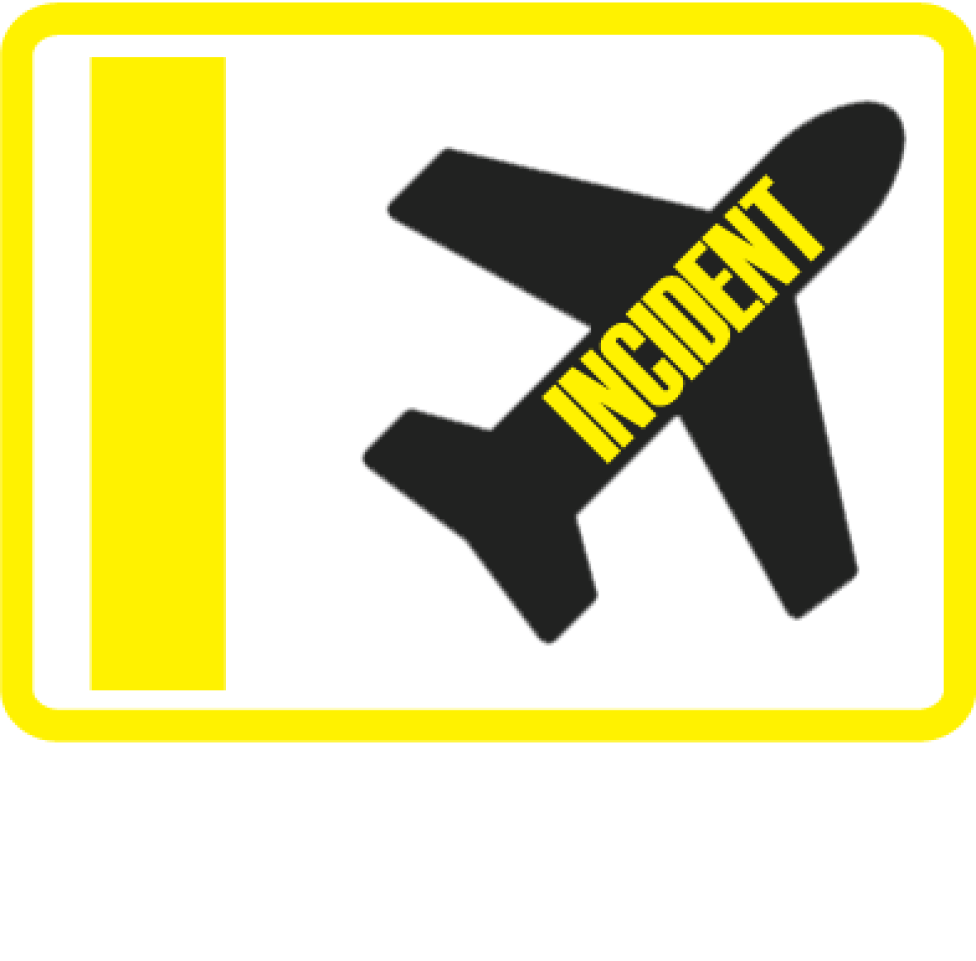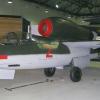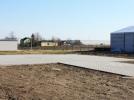TAP A343 and Air France B773 over South Atlantic on Jan 7th 2013, Oceanic control clearance leads to TCAS RAs
A TAP Air Portugal Airbus A340-300, registration CS-TOC performing flight TP-87 (dep Jan 6th) from Lisbon (Portugal) to Sao Paulo,SP (Brazil) with 262 passengers and 12 crew, was enroute at FL340 southbound on airway UN873 across the South Atlantic in HF communication with Oceanic Control of Canary Islands.
An Air France Boeing 777-300, registration F-GSQJ performing flight AF-457 from Sao Paulo,SP (Brazil) to Paris Charles de Gaulle (France), was enroute at FL350 northbound on airway UN873 about to be handed off to HF communication with Oceanic Control of Canary Islands.
When the TAP crew reported passing waypoint LIMAL the crew requested FL360 and was told, that this was currently not possible due to Air France Flight AF-443 at FL350 in opposite direction, they would need to wait to ISOKA before they could be cleared to FL360. After reaching ISOKA the crew repeated their request to climb to FL360, Oceanic control coordinated the request and cleared the aircraft to climb to FL360.
At that point AF-457 maintaining FL350 had reached the boundary between FIRs Sal and Canary Islands and was about to be handed off to Canary Islands Oceanic Control.
When TP-87 climbed through FL354 TCAS resolution advisories activated in both aircraft instructing the crew of TP-87 to climb and AF-457 to descend. Both crews complied with the TCAS resolution advisories until both TCAS systems announced "clear of conflict". TP-87 completed the climb to FL360 and AF-457 returned to FL350.
Both flights continued to their destinations for safe landings.
On Jul 5th 2013 the Spanish CIAIAC reported both flight crews and Oceanic Control Canary Islands filed according safety reports, the CIAIAC have opened an investigation.
On Nov 4th 2014 the Spanish CIAIAC released their final report concluding the cause of the incident was:
The incident took place because the flight progress strip for aircraft AFR-457 was placed in the sequence for airway UN-857, associated with waypoint BIPET, instead of in the sequence for airway UN-873, associated with waypoint IPERA, where the aircraft actually was.
This is believed to have happened as the result of an error in the execution-supervision process that should have been followed in the Oceanic Sector control post at the Canaries Control Center (GCCC OCE).
The CIAIAC analysed: "The executive controller in Sector GCCC OCE rejected aircraft TAP-087’s initial climb request to FL360 at 02:09:37 because there was traffic on the same airway flying in the opposite direction at FL350 and they had not yet crossed. The controller calculated that the aircraft would cross in the vicinity of waypoint ISOKA and informed aircraft TAP-087 that it would be able to authorize the climb at said point. On checking the board, the controllers did not see any traffic in the UN-873 sequence that could affect aircraft TAP-087. The flight progress strip for flight AFR-457 had not yet been printed. This would happen at 02:27:43, as indicated on the aircraft’s flight progress strip. When aircraft TAP-087 reached waypoint ISOKA at 02:36:33, one of the Sector GCCC OCE controllers called the SAL ACC to coordinate its climb to FL360. The SAL ACC cleared the climb, not noticing the potential conflict with aircraft AFR-457, which was still under its control. The Sector GCCC OCE controllers, for their part, also failed to notice during their check of the board that aircraft AFR-457 was going to enter the Canaries FIR via waypoint IPERA some ten minutes later, at 02:47 as per the reported estimate, and thus conflict with the climb clearance of aircraft TAP-087. This failure to detect the immediate presence of aircraft AFR-457 on airway UN-873 occurred because its flight progress strip was not correctly positioned on the board. The clearance given to aircraft TAP-087 to climb to FL360 was delayed because despite being told to stand by on the Sector GCCC OCE frequency, the controller was unable to establish contact again due to problems on the frequency, so he had to ask the HF operator to try to raise aircraft TAP-087 on his frequency to relay the clearance. By the time the HF operator was finally able to inform aircraft TAP-087 that it was cleared to climb to FL360, several minutes had elapsed since the coordination with the SAL ACC and under three minutes remained before the estimated entry time of aircraft AFR-457 into Sector GCCC OCE. The conflict was not detected until the controller instructor called the HF operator, who informed him that aircraft AFR-457 and TAP-087 had both reported a TCAS RA resulting from their near miss. The controller instructor checked the board and noticed that the strip holder for aircraft AFR-457 was not placed in the sequence for airway UN-873."
Two safety recommendations to AENA, responsible for Spain's Air Traffic Control, were released as result of the investigation.
http://avherald.com/h?article=464edab8














Komentarze